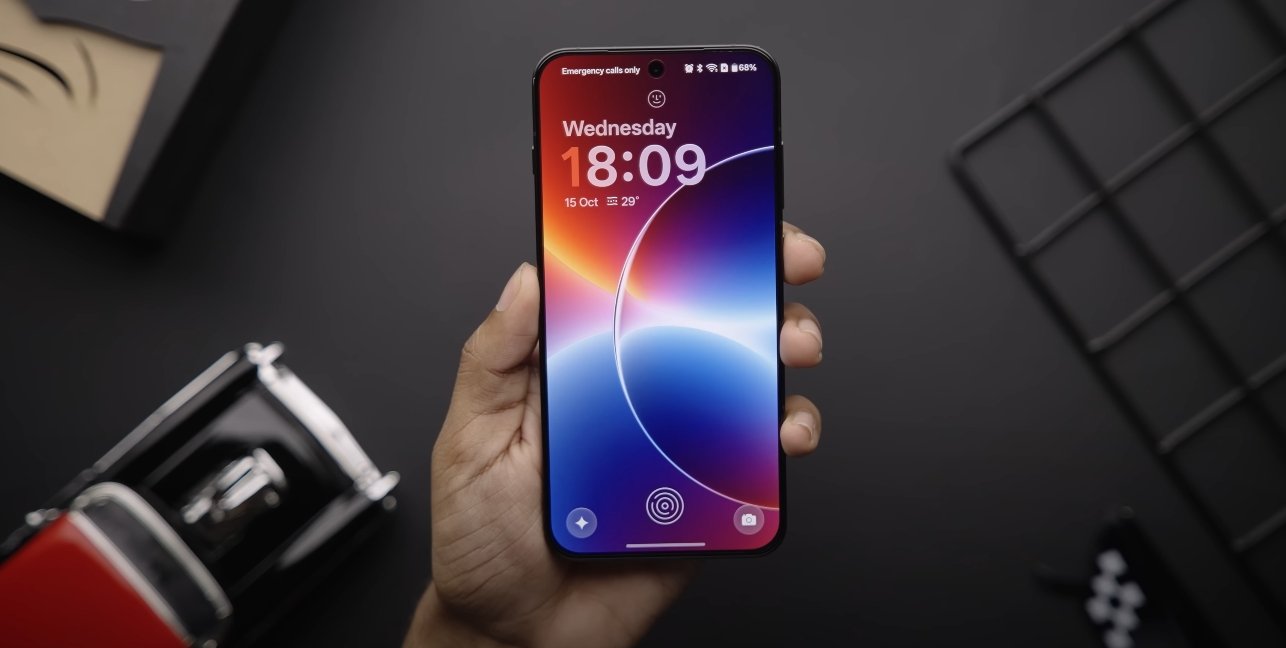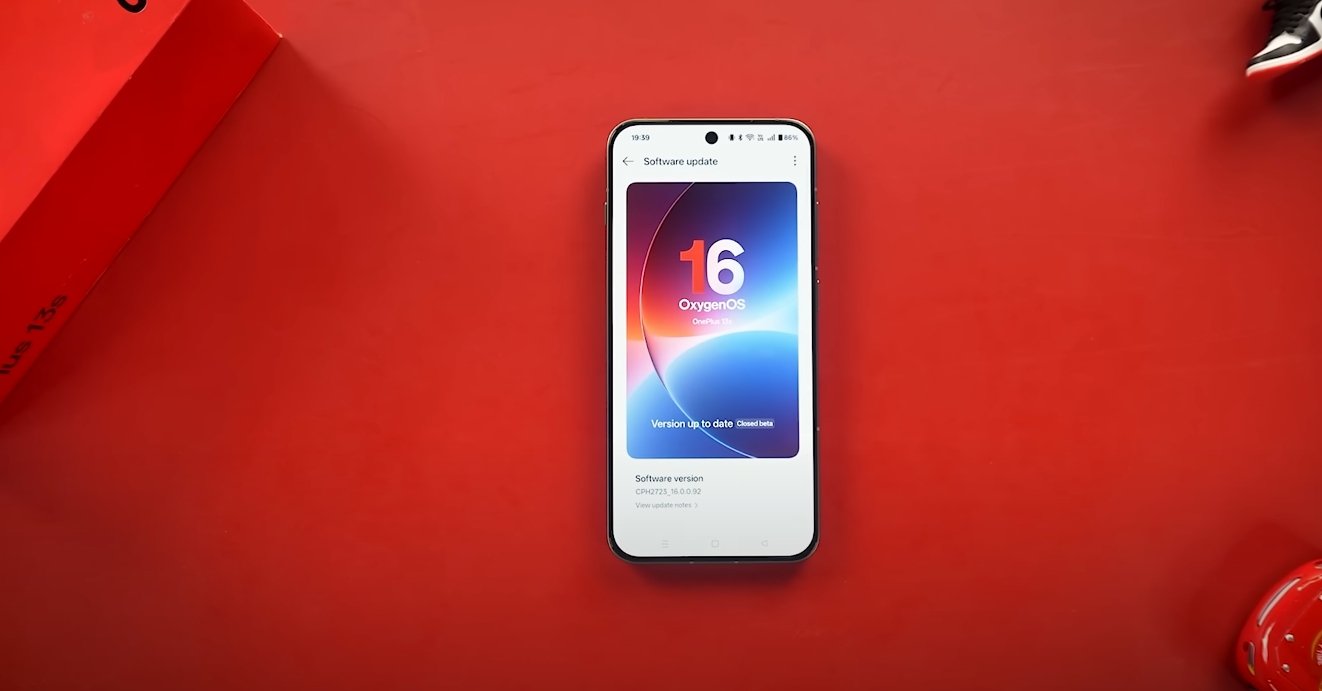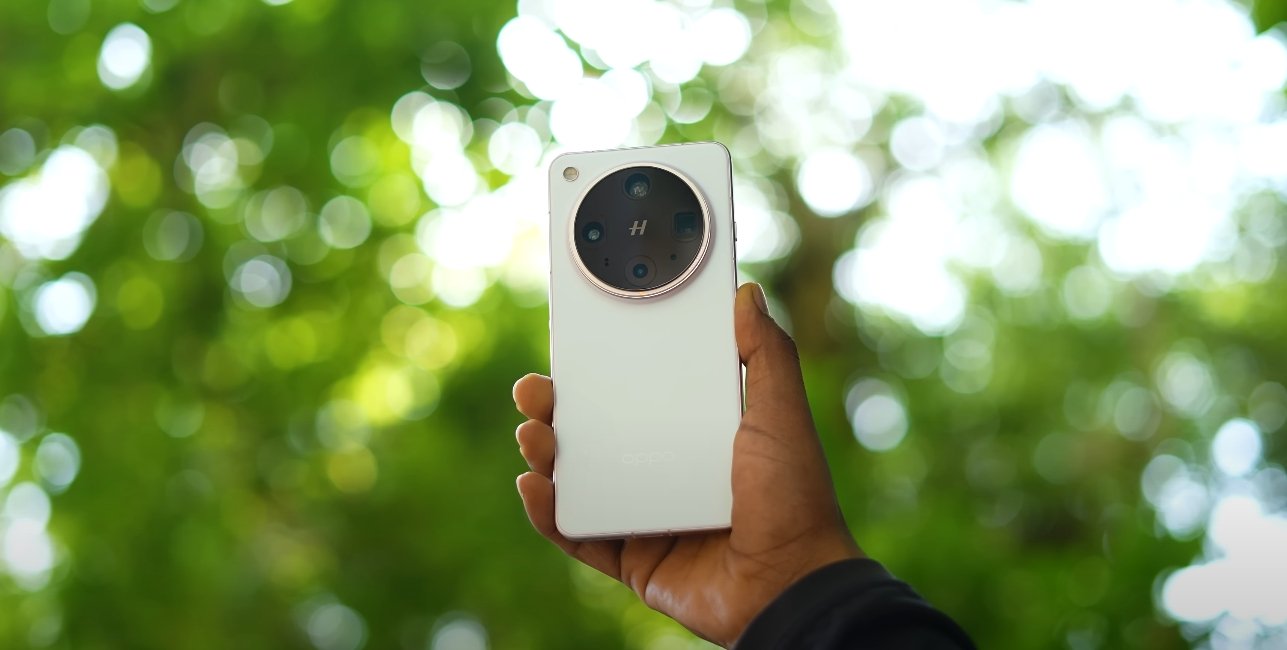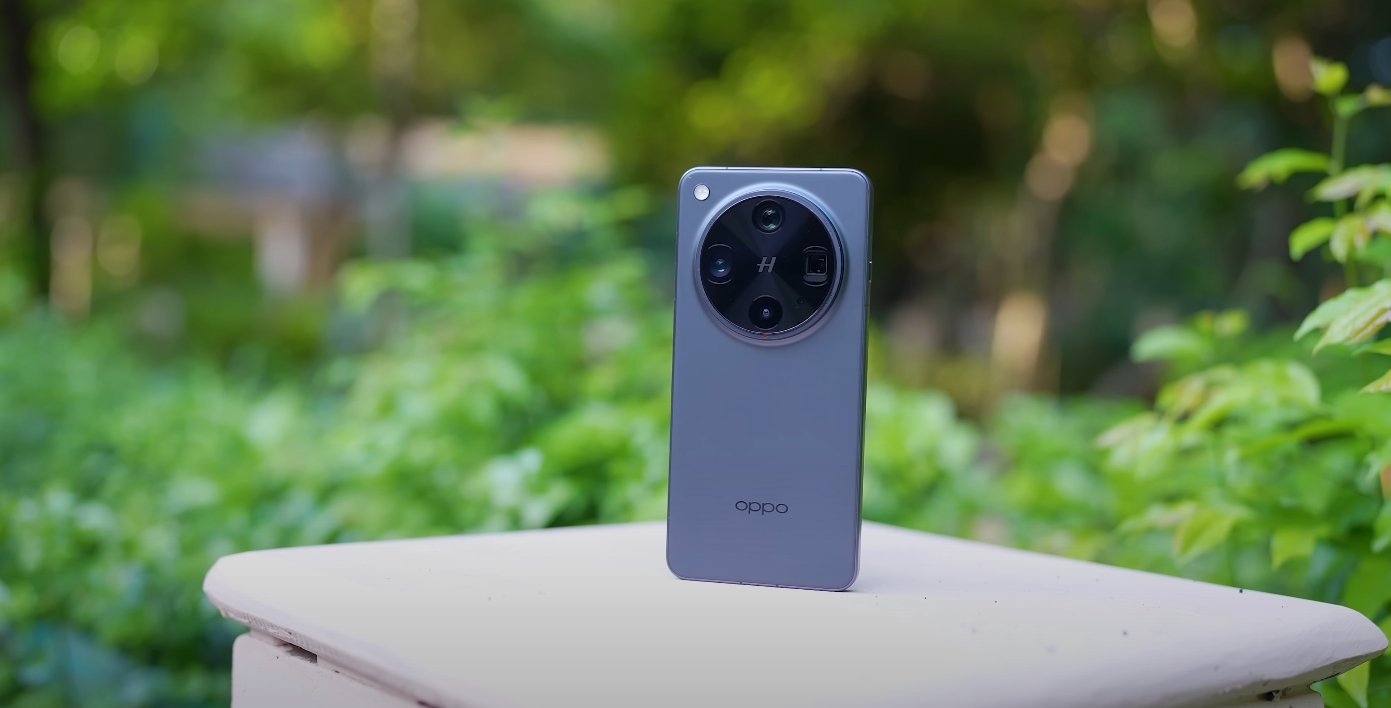Understanding Early Beta Bugs and Fixes in OxygenOS 16
OnePlus has recently launched the early beta version of OxygenOS 16, bringing a host of new features, performance improvements, and design enhancements. While the update promises a smoother and more intelligent user experience, early beta testers have reported several bugs that affect usability, performance, and system stability. This overview highlights the most common issues, their impact on user experience, and the fixes or workarounds provided by OnePlus so far.
One of the primary issues reported in the early beta is system overheating during intensive tasks. Users performing long gaming sessions, multitasking, or streaming high-resolution video noticed that the device tends to heat up more than expected. This can affect comfort during use and may lead to throttling, where performance temporarily drops to manage temperature. OnePlus has acknowledged this and is optimizing CPU and GPU management to reduce heat generation in upcoming beta updates.
Performance lag post-upgrade is another significant concern. Some users noticed slower app launches, delayed animations, and occasional stuttering after updating to the beta version. This is particularly apparent on older devices or models with limited memory resources. To address this, OnePlus is implementing optimizations for memory allocation and background process management, which are expected to improve app responsiveness and overall system fluidity.

Battery drain has also been highlighted as a problem. During the early beta, background apps consumed more power than usual, even when the device was idle. This rapid battery consumption can hinder prolonged use and reduce convenience for users who rely on their device throughout the day. OnePlus is actively working on battery management improvements, which include better scheduling of background tasks and intelligent resource allocation to ensure longer battery life without compromising performance.
Notification delays in Always-On Display mode have been reported as another common issue. Users found that some notifications failed to appear promptly or were delayed when the device screen was off. This bug affects timely communication and can disrupt workflows. OnePlus is refining notification handling in the Always-On Display feature to ensure alerts are delivered instantly, restoring reliable communication functionality.
File transfer and connectivity issues are also being addressed. Users attempting to share files between OnePlus devices or with external platforms like Windows PCs, Macs, or iPhones experienced slow transfer speeds and occasional disconnections. OnePlus plans to enhance cross-device connectivity, improving stability and speed for file sharing, ensuring that devices interact seamlessly within the ecosystem.
App crashes and compatibility issues have been reported with certain third-party applications. Productivity apps, media apps, and some social media tools occasionally stopped working or caused the system to freeze. OnePlus is working with developers and implementing system-level fixes to improve compatibility, ensuring that popular apps function reliably within OxygenOS 16.
Minor UI glitches and animation flickering have been observed, particularly in Fluid Glass elements and transitions introduced in OxygenOS 16. These visual inconsistencies can make the interface feel less polished. OnePlus is optimizing graphical rendering and animation sequences to eliminate flickering and provide a smoother, more visually appealing experience.
Gesture controls for multitasking, such as split-screen or floating window management, were sometimes unresponsive. Users experienced delays or failures when invoking gestures, which can reduce the efficiency of multitasking. Future beta updates are expected to improve gesture recognition and responsiveness, ensuring that multitasking remains fluid and intuitive.
Lastly, some users encountered issues with the privacy dashboard. Permission prompts and security notifications did not always appear correctly, causing confusion about app access to sensitive data. OnePlus is refining the privacy dashboard to ensure accurate, timely notifications and better transparency, enhancing user trust and device security.
OnePlus encourages beta testers to actively report bugs through the OnePlus Community App. Detailed reports, including logs and steps to reproduce issues, help the development team identify and resolve problems quickly. These reports are critical for ensuring that the stable release of OxygenOS 16 delivers a polished, reliable experience.
In conclusion, the early beta of OxygenOS 16 offers exciting new features, AI integration, and performance improvements, but users should be aware of existing bugs. OnePlus is committed to fixing overheating, performance, battery, connectivity, UI, and gesture-related issues through continuous beta updates. By participating in the beta program and providing feedback, users play an essential role in refining the operating system. Once these fixes are implemented, OxygenOS 16 is expected to deliver a smoother, more stable, and feature-rich experience for all OnePlus devices.
Overall, the OxygenOS 16 early beta highlights both the potential of the new software and the importance of user testing in identifying issues. The ongoing fixes and optimizations aim to ensure that the final stable release meets the expectations of performance, reliability, and user satisfaction that OnePlus is known for.
Also Read: Oppo Find X8 Ultra vs Pixel 9a early feature leaks







